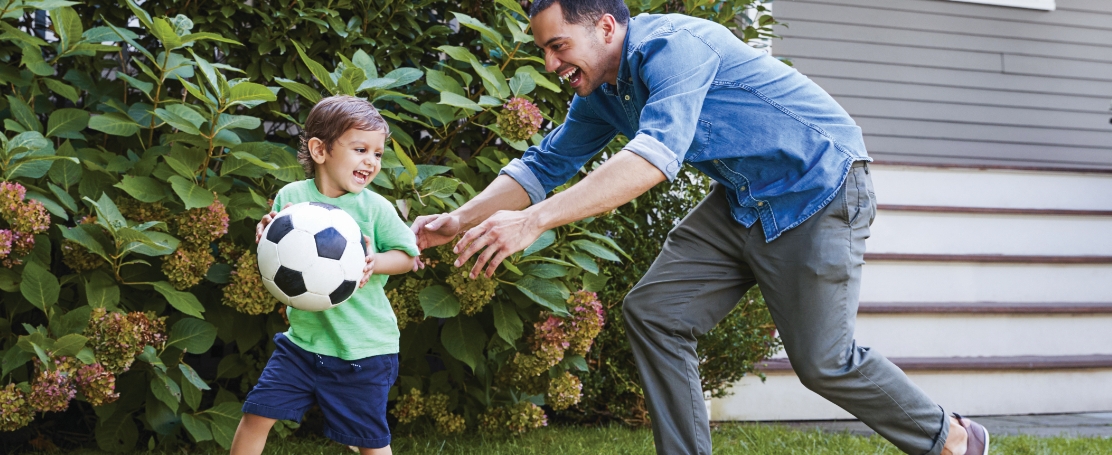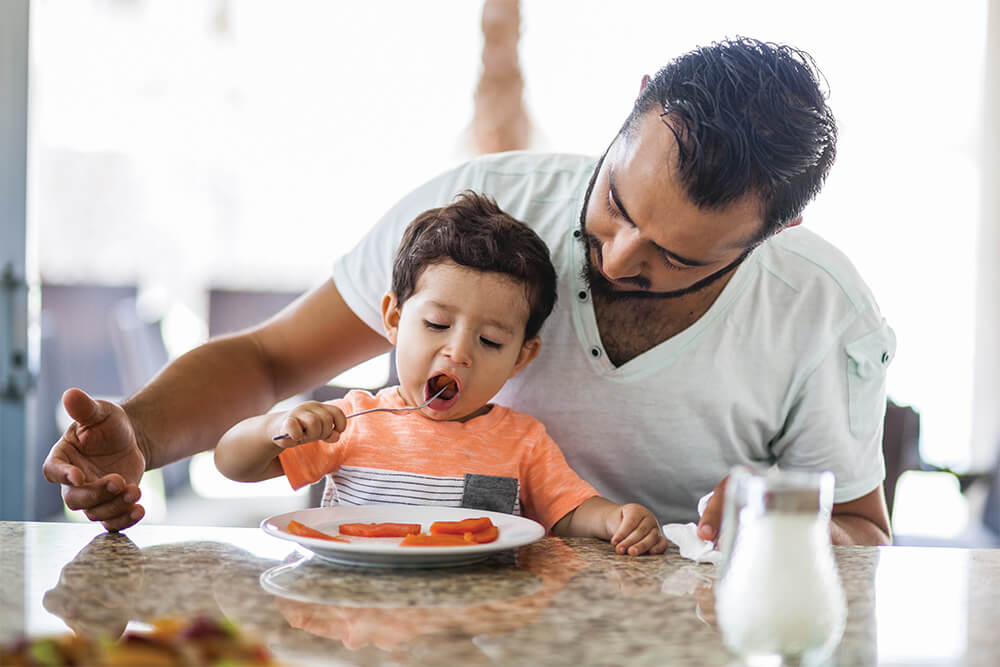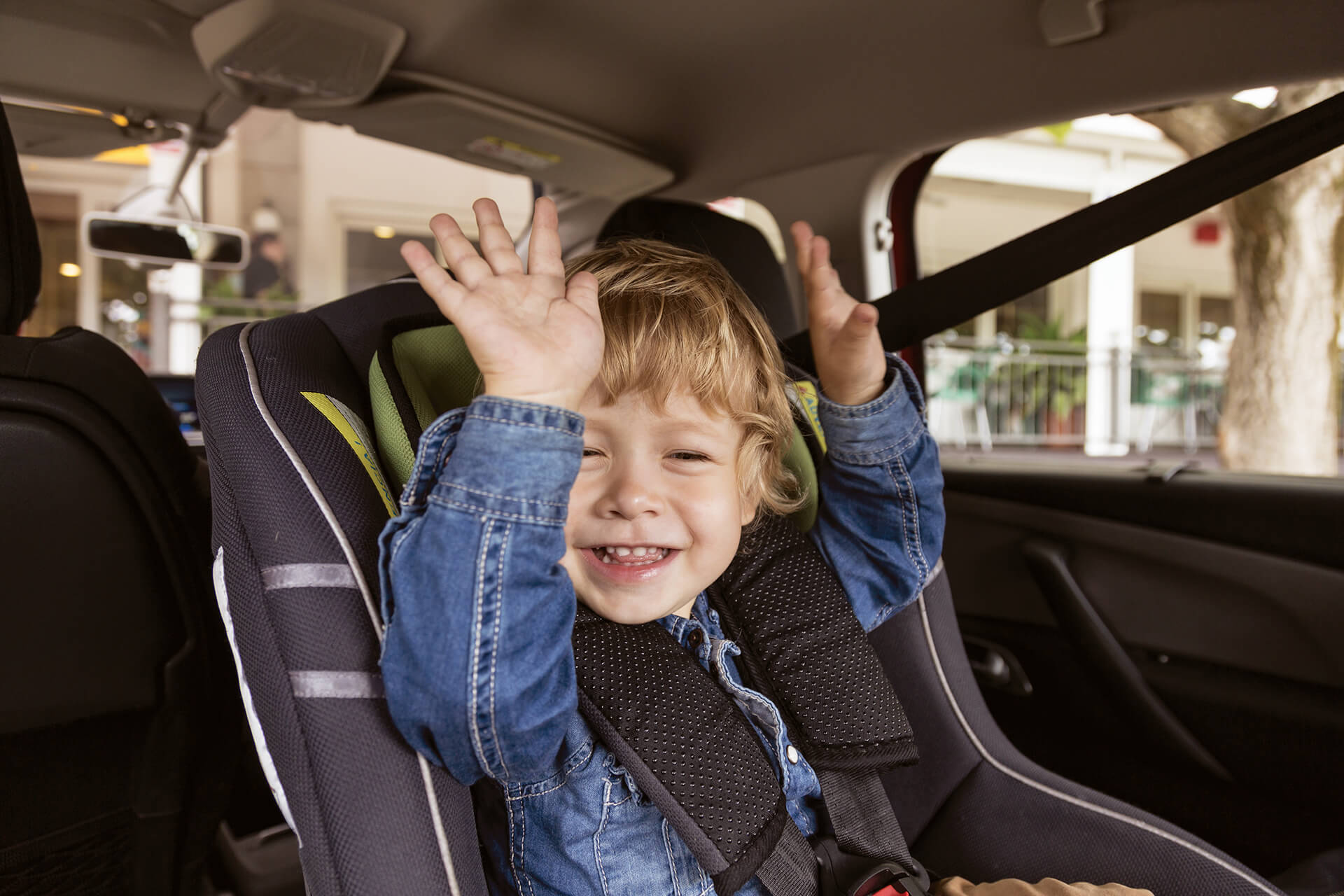

You play an important role in the growth of your child’s body and mind.
Whether you see your children daily or live in a different home, being actively involved in your child’s life makes a big difference. Being present and involved will help them grow to be a healthier, happier, and more successful child and adult.
The quality of your father-child time is more important than the number of hours you spend with your child. The quality of your relationship directly impacts your child’s sense of self-worth.
more likely to earn mostly A’s in school
as likely to go to college and find a steady job after high school
Keep screen time to a minimum to focus on each other.
Whether you are encouraging imagination play or reading to them, simply being together helps your child feel calmer and happier.
Children who grow up with an involved father are 60% less likely to be suspended or expelled from school.

Being active with your child helps their bones grow stronger, build muscles, and helps brain development.
Feeding young children is a hard job. Being present at the dinner table is easy. Having dad present at mealtime is important to a child.
Mealtime is a great time to learn more about your child. Ask your child about their day, their friends, and how they are feeling. This shows your child that you care about them and that they are worthy of your time and attention.
Here are some things you can do to make memories at mealtimes.

Dental health is just as important as physical health. Be active in keeping your child’s teeth healthy.
Once a child gets moving, it can seem like they never stop. Your child learns how to do more things every day. This means you may need to work even harder to keep them safe.
Watch your child closely to keep them safe when they are around water.
The American Academy of Pediatrics recommends that car seats are only used for traveling purposes. It is recommended to remove the infant from their car seat once you arrive at your destination, especially if they are asleep.
– Straps should be snug.
– The sliding clip should be at armpit level.
– The car seat itself should move very little when pushed from side-to-side.
To learn more about car seat safety visit:
Keep your child in a rear-facing car seat until they are at least 2 years old. Do not rush to move to a forward-facing car seat or booster seat even if you have a large child.

Never seat children in front of an airbag. Airbags can kill young children riding in the front seat. Never place a rear-facing car seat in front of an airbag.
Check for fatherhood initiative programs at your local Head Start program or school system.
Side-Lying Hold
This hold is useful when:
Cross-Cradle Hold
This hold is useful when:
Clutch or “Football” Hold
This hold is useful when:
Cradle Hold
This hold is useful when:
Laid-Back Hold
This hold is useful when: